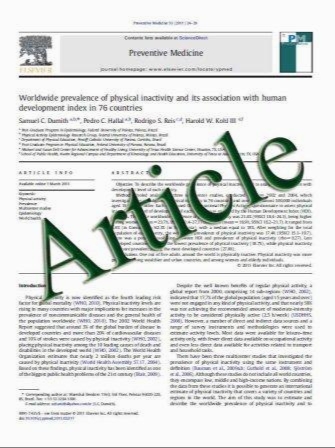Influence of the fabrication process on the in vitro performance of fixed dental prostheses with zirconia substructures
- نوع فایل : کتاب
- زبان : انگلیسی
- مؤلف : Martin Rosentritt & Carola Kolbeck & Gerhard Handel & Sibylle Schneider-Feyrer & Michael Behr
- چاپ و سال / کشور: 2010
Description
Chipping of the applied veneering ceramic is reported to be a main clinical failure type of computer-aided design/computer-aided manufacturing- or manually copymilled zirconia restorations. The aim of this in vitro study was to investigate whether different substructure designs and veneering processes done by different dental technicians do significantly influence chipping in zirconia-based all-ceramic fixed dental prostheses during simulated oral service. Five groups (n=8 per group) of three-unit zirconia substructures were fabricated in three different laboratories using copy-milling technique. Three series were veneered with identical porcelain (groups 1–3) and one with a second different porcelain (group 4). The fifth group was milled to final contour design without veneering. Dimensions of the connector areas were determined. All fixed partial dentures (FPDs) were adhesively boned on human teeth and thermally cycled and mechanically loaded (1.2×106× 50 N; 6,000×5°C/55°C) using human antagonists. Restorations were monitored during thermal cycling and mechanical loading (TCML). FPDs which survived were loaded to fracture. FPDs which failed during TCML were investigated with fractographic means. During TCML, chipping took place in groups 1 (two times), 2 (four times) and 3 (five times) (Table 1). Chipping areas varied between 2.3 mm2 (group 3) and 58.7 mm2 (group 2). Groups 4 and 5 provided no failures during TCML. Failure in all cases started from contact points, where superficial wear and disruption of the porcelain were found. No significant correlation could be determined between connector thickness and number of failures. Median fracture results varied between 1,011 N (group 3) and 2,126 N (group 2). The results show the necessity of considering individual design and manufacturing of restorations as well as contact situation. Advanced technical training on zirconia-based restorations is recommended
Clin Oral Invest DOI 10.1007/s00784-010-0469-8 Received: 26 March 2010 / Accepted: 14 September 2010


